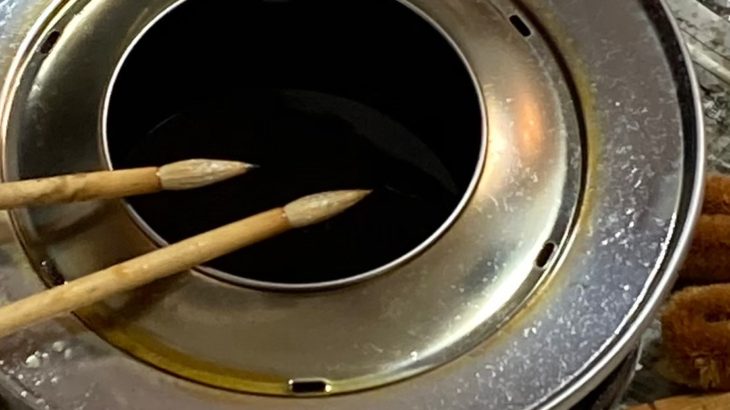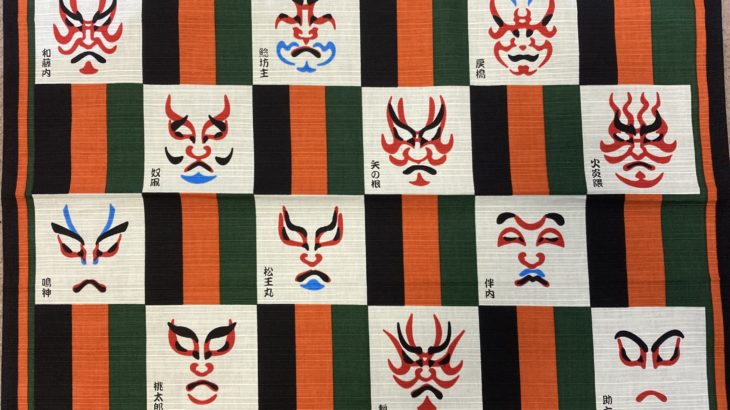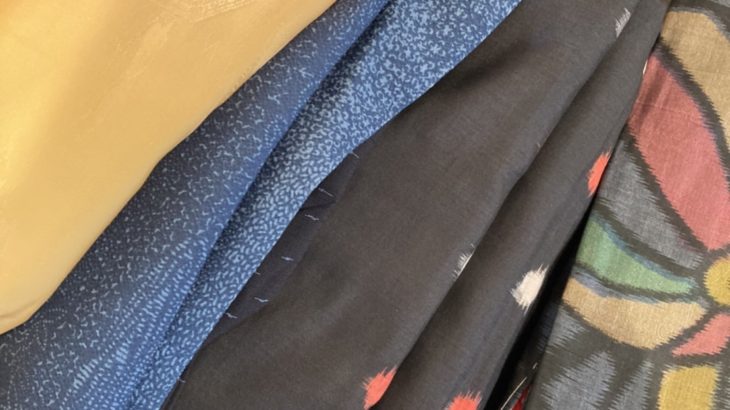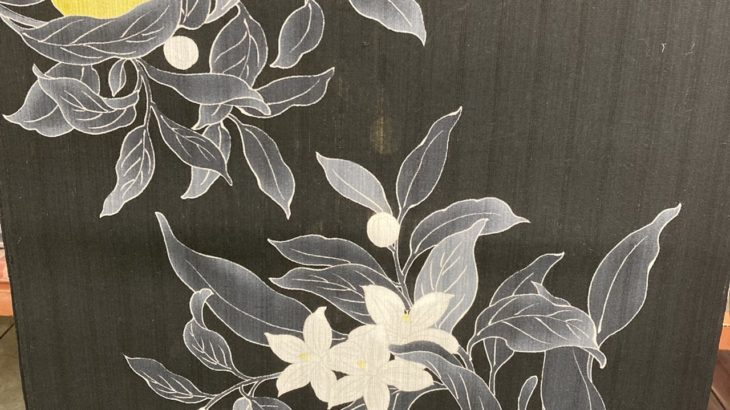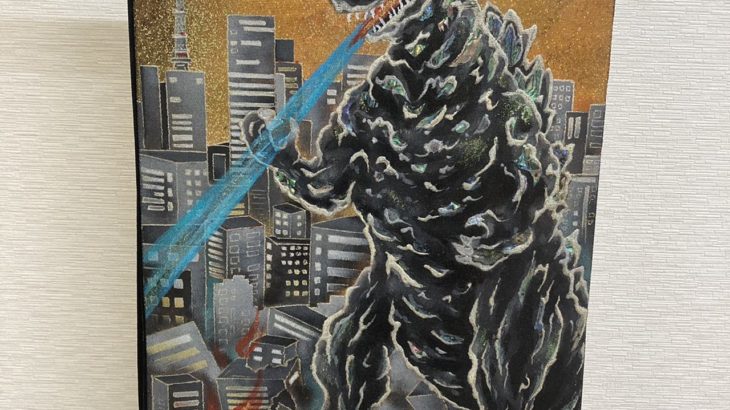Hello, I’m Shinji aka Warashibe Choyja (Straw Millionaire). This time, I would like to talk about the types of tools required for dressing. I will introduce how to wear it from the top of the clothes in the future, but since I have been involved in kimono for 20 years, I will first introduce the tools for correct wearing. There are several schools in Japan regarding how to wear kimono and tools, so I would like to mention that this is not all.
1, About underwear

①”Kimono bra” Underwear that makes your outfit look more beautiful

A brassiere for holding down your chest and flattening it. Clothes bras emphasize “pulling and raising”, while Japanese bras emphasize “flattening and holding”. If you use a kimono bra, you can get on the obi and the chest that doesn’t look beautiful will be refreshed, and you will get the most beautiful line when you wear a kimono, so it is a must-have item.
②”Tabi” kimono socks
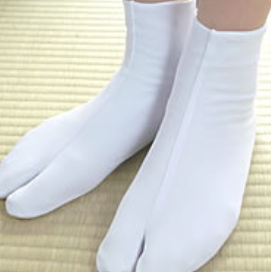
Tabi are so-called “socks” for kimono. Generally, it comes with a small oval metal fitting called “Kohaze”. It is designed to be hooked on the string at the top of the heel and the Achilles tendon. (Some have 5 pieces and some have 4 pieces, and 5 pieces are for formal wear.) The mainstream material is calico socks, which have a uniform texture and are relatively good for the violent movement of the foot. Recently, there are socks made of stretchable materials that do not hurt even people with high insteps, socks without Kohaze, and socks made of various materials that emphasize ease of wearing.
③”Hadagi” Underwear worn under a kimono

The underwear to wear at the bottom. The one that absorbs sweat well is good. There are two types of underwear: slip type and underwear / hem protection.
・ Slip type: For beginners to advanced users

The slip type is a one-piece type underwear when wearing a kimono or yukata. It prevents the skin from coming into direct contact with kimono and undershirts, and has the effect of catching sebum and sweat.
★ If you think that yukata and everyday kimono should be as easy to wear as possible and have good breathability, cotton slips are recommended.
★ Silk slips and cupra slips are recommended for those who want to enjoy the light comfort and hem handling when wearing everyday clothes and visiting clothes.
★ The bride’s underwear is not a slip type, but a two-piece type.
・ Underwear / hem protection (separate type): For intermediate to advanced users

The undergarment and hem guard is a separate type of underwear when wearing a yukata or kimono. Since the top and bottom are separated, it tends to be preferred by those who are a little used to it. Since it can be purchased separately, one of the attractions is that you can choose according to the wearer’s preference, such as “Underwear on the top that easily absorbs sweat, and low-rise underwear that is easy to move on the bottom”. If you are interested in dressing and want to make some ingenuity in the invisible area, please try your own combination. As I mentioned earlier, the reason why this type of formal wear is used is that the way to open the gap between the back of the neck and the kimono called “kuri” is different due to the problem of how to wear it. The cause is that it cannot be opened with the one-piece type.
④Correction tool
If you wear a kimono without correction, the obi will wrinkle or you will lose your clothes. Correction is important to prevent the clothes from collapsing and to wear them neatly. To briefly explain, it is necessary to flatten the unevenness of the body, and use a pad or towel for correction to correct the body to “ZUNDOU” (bar shape).
2, About Jyuban

④ “Haneri” Prevents the neck from getting dirty

It is used by sewing it on the collar of Jyuban. It not only makes the neckline fashionable, but also prevents it from getting dirty. The Haneri is a cloth of about 15 cm x 115 cm, so I think it’s a good idea to use a towel or your favorite fabric to make the original Haneri. However, please note that depending on the place and rank of the kimono, the pattern or color may not be suitable, or you may need to select the material.
⑤ “Erishin” Make a beautiful curve around the neck

Put it in the Haneri attached to Jyuban to make a beautiful curve around the neck. Most of them are made of plastic, and in the summer, mesh ones are used.
⑥ “Jyuban” Prevents kimono from getting dirty

Wear it between your underwear and kimono. It improves the handling of your feet and prevents the kimono from getting dirty. It has an important role in dressing, and you cannot wear a kimono beautifully unless you wear Jyuban neatly, so please practice many times and take good care of Jyuban dressing. Jyuban has Nagajyuban and two-part Jyuban.
・ Characteristics of Nagajyuban

It is a one-piece type jyuban. It’s like a blouse worn inside a kimono.
★ TPO of Nagajyuban
Wear it on the inside of the kimono, and be sure to wear white on the tomesode and black crest. The plain ones are for formal wear. For everyday wear such as Komon, it is okay if you can enjoy wearing it with a pattern.
★ Care for Nagajyuban
Nagajyuban made of polyester is easy to clean and has a cute pattern that you can see a little from the cuffs. It’s easy to clean at home, and you can put it in the net and use the washing machine in the hand-washing mode. It dries relatively quickly, and if you smooth out the wrinkles on the kimono hanger and dry it, there is almost no need for ironing. Recently, there are also pure silk Nagajyuban that can be washed in the same way.
・ Two-part Jyuban

It is a type of Jyuban with separate top and bottom. The usage is almost the same as Nagajyuban, but the two-part type is a little simplified. The two-part Jyuban has a hem guard wrapped around the lower body, which is convenient for waist correction. You can use cotton fabric on the top of the hem to correct your body shape to Zundou without using a corrector. If you are interested in going out or dressing in a kimono, please use it.
★ Care for the two-part Jyuban
Like Nagajyuban, it can be cleaned in your home washing machine. Even if you say “only the hem is dirty”, the top and bottom are separate, so you can wash only the hem.
⑦ “Datejime” Fix Nagajyuban

It plays a role in stopping Nagajyuban. There are various types such as a type that you tie yourself and a type that you can easily stop like a magic belt type. The most popular type in Japan is the one that you tie yourself, and the one that is made of pure silk Hakata-ori is especially used. It is comfortable to tighten, it stops firmly, and it does not loosen, so even if you wear a kimono for a long time, it will not easily come off. The tightness is good, so it follows the line of the body. It also has water absorption and moisture release properties, so it does not get stuffy and can be used for a long time.
3, About kimono

⑧ Kimono
I introduced the case of kimono in the previous article, so I will summarize it briefly.
・ Furisode: First dress for unmarried women
・ Tomesode: First dress for married women
・ Montsuki: First dress
・ Houmongi: Kimono with patterns that connect when you spread the kimono. Semi-formal dress.
・ Tsukesage: Short-form Houmongi.
・ Iromuji … Crepe kimono without pattern
・ Komon: A kimono with fine patterns studded throughout. Fashionable clothes.
・ Tsumugi: Woven kimono. There may be a pattern with yarn dyed.
⑨ “Koshihimo” Jyuban and a string to prevent the kimono from slipping

A string to prevent it from slipping when wearing a Nagajyuban or kimono. Basically, I use three. Some people use kimono belts instead.
1. Wear Nagajyuban and tie it under your chest.
2. Put on a kimono and tie it to make Ohasyori.
3. Tie under the chest of the kimono.
I use 3 of them.
⑩ Kitsuke belt

It is a convenient item that can be snapped on by sandwiching the collar to prevent the collar from opening loosely. Both ends are clips, and the belt part is rubber. You can also adjust the length, and the way the collar is aligned is stable and prevents it from collapsing.
⑪ “Obi-ita” A tool to prevent wrinkles on the obi

It is an item that makes the body of the obi clean. When tying the obi, you can wrap it around the torso or insert it between the kimono and the obi after wrapping the obi to correct the obi so that it does not wrinkle. It also has the role of preventing the obi from becoming too tight.
-Rubber front plate: Used before tying the belt. Recommended for beginners as the obi is easy to tie.
-Rubberless front plate: After tying the belt, use it by sandwiching it between them.
※There is also a mesh type for summer.
4, about the obi

⑫ Obi

This was also introduced in the previous article, so I will explain it briefly. There are various types of obi such as Hukuro-obi, Nagoya-obi, and Hanhaba-obi. Also, the seasons differ depending on the material.
⑬ “Obimakura” Item for making Otaiko

It is an item that hides inside Otaiko when tying the obi, so that the Otaiko part can be firmly formed. There is an item called Obiage that I will introduce next. Obiage will be an item for wrapping Obimakura. The type with gauze is hard to loosen, and the string does not bite into the body, so it does not hurt easily.
⑭ “Obiage” Item to fix the obi

Obiage is used to wrap and tie Obimakura. It’s like a decoration that hides the Obimakura string, but you can enjoy the coordination by the way of tying and the color pattern. The size is about 30 cm x 160 cm, so I think it’s fun to make it with your favorite things. In addition to plain dyeing and Yuzen dyeing, there are also embroidery, gold and silver dyeing. White for tomesode. I use black for my condolences.
⑮ “Obijime” Item to fix the obi

It is an important item to stop Otaiko from falling when tying the obi. Even if the number of kimonos and obi is small, if you have multiple Obijime, you can change the atmosphere by coordinating. There are many types of Obijime, such as flat and round. As with obi fried, this is also white for tomesode. Condolences use black.
This time, I introduced some items related to kimono. Even in Japan, there are people who like kimono and spend their time in kimono every day. There are many convenient items that will make you enjoy wearing kimono, so I will find another opportunity to introduce you to it.
